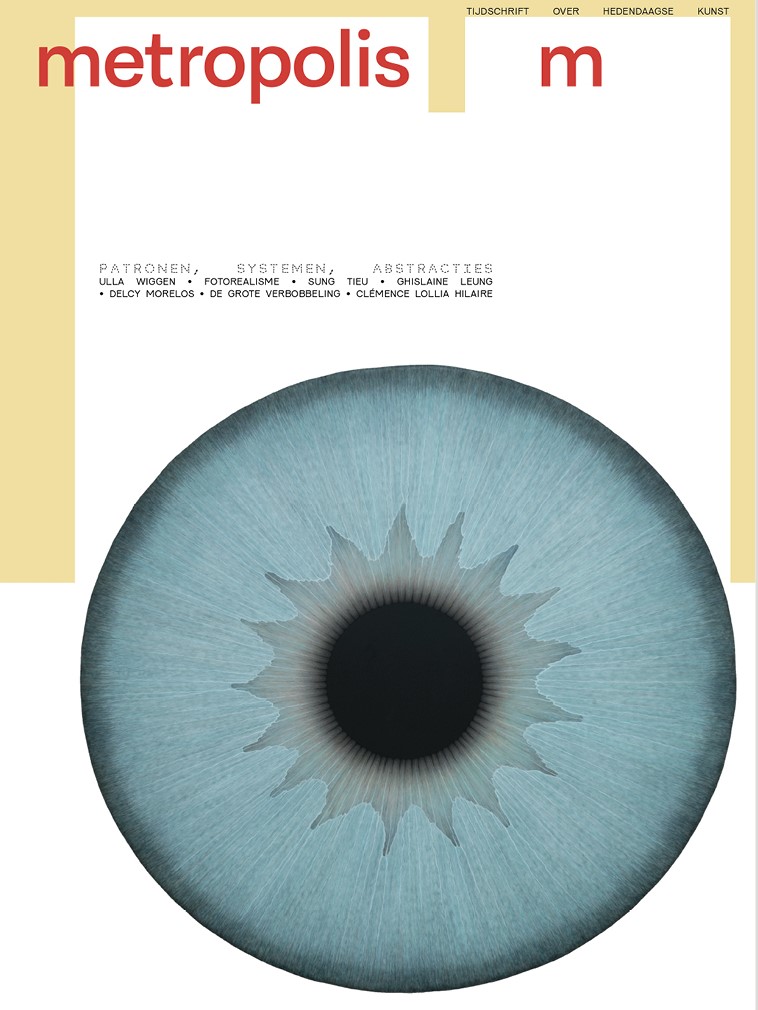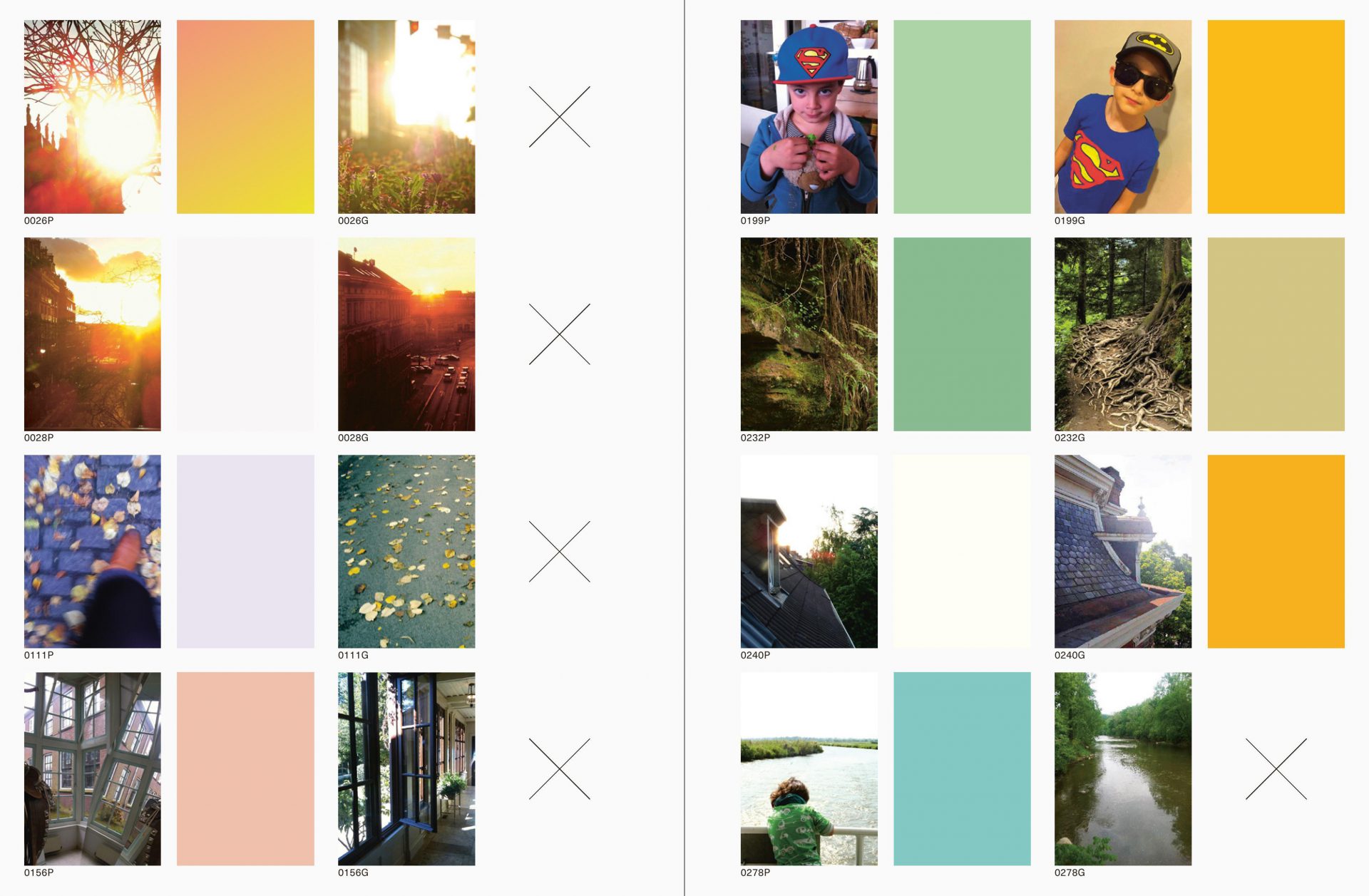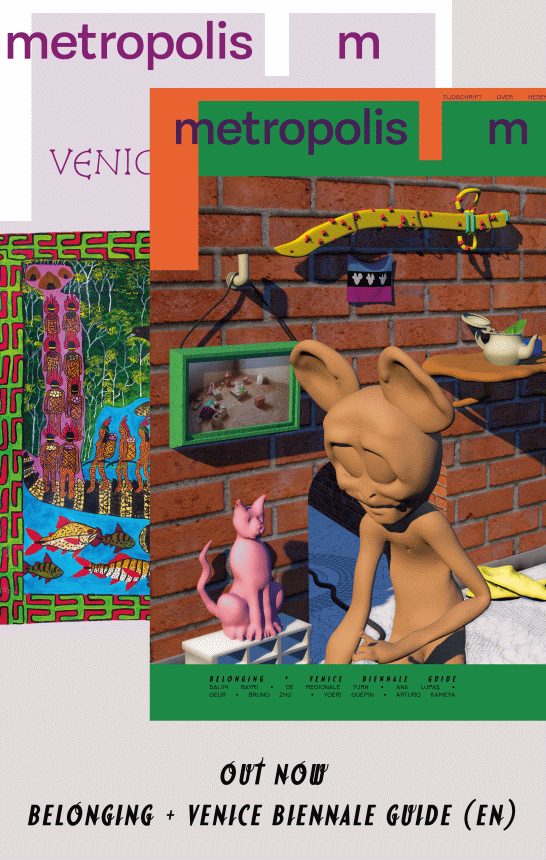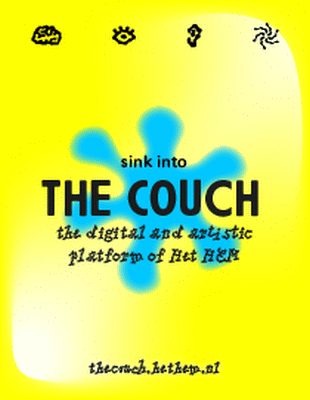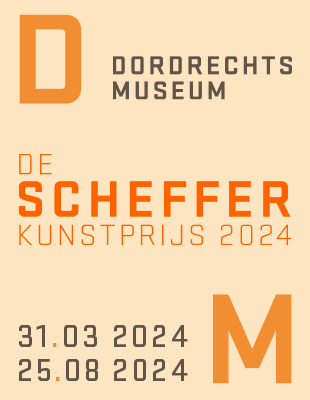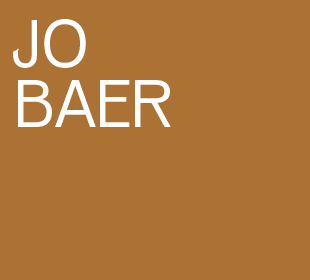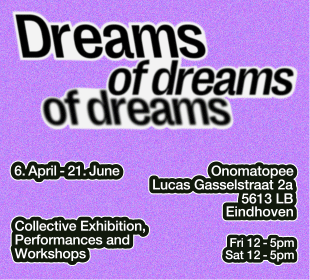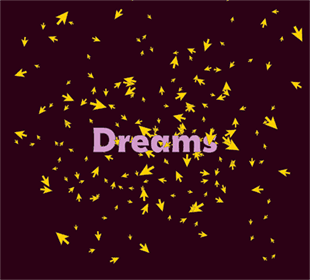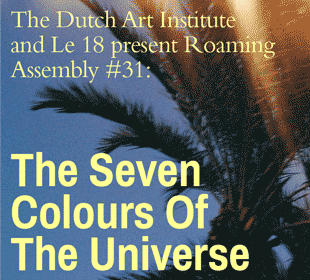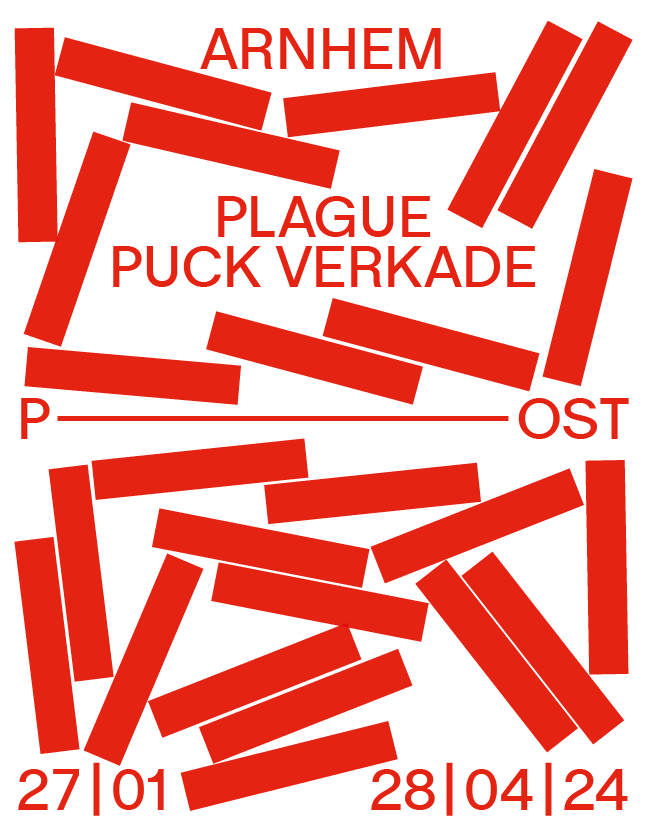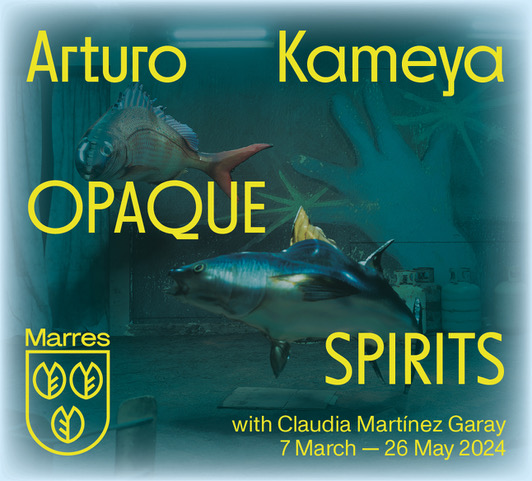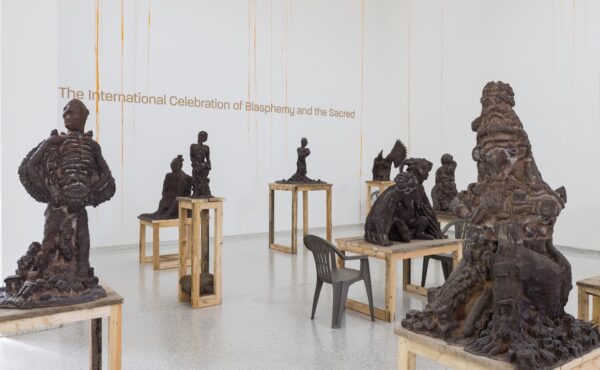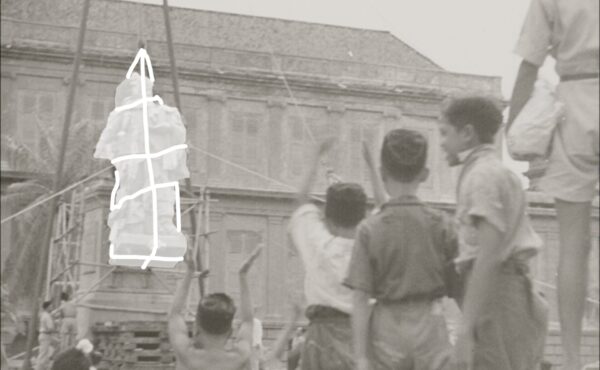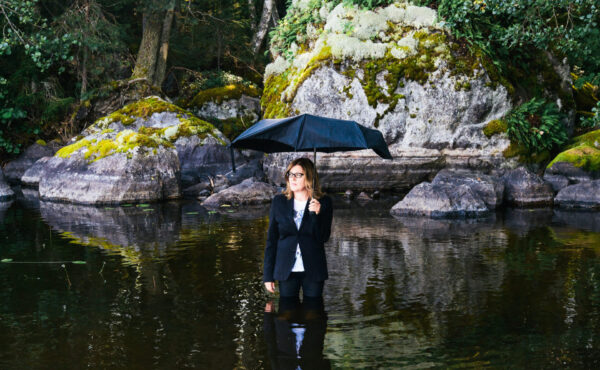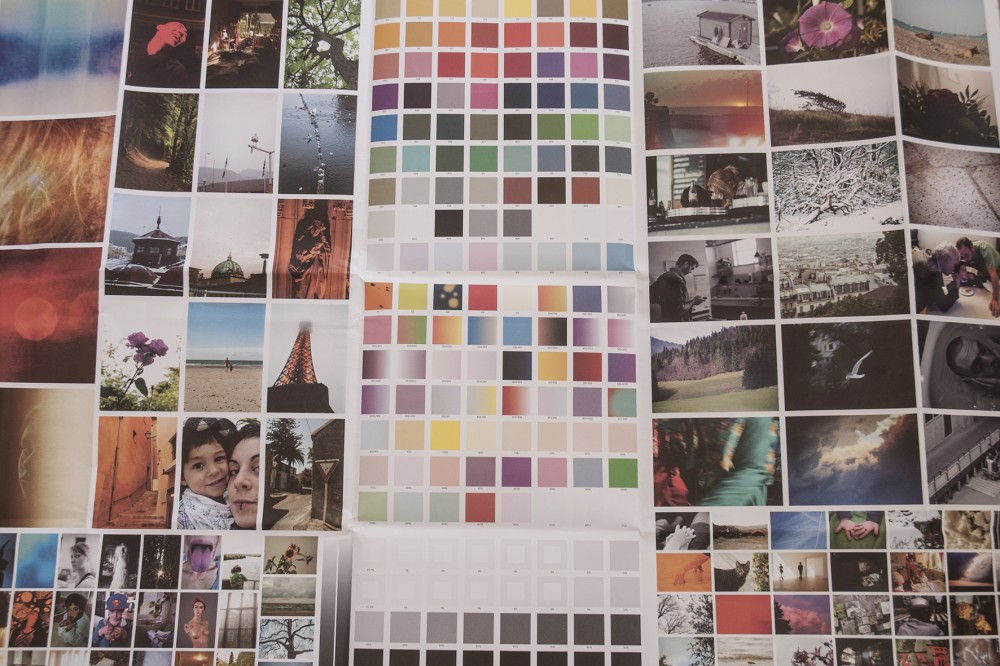
Layers of Reality: Perception Study of a Synaesthete Boekenweek 2018
What is the colour of nostalgia? For most of us this would seem like an abstract or even nonsensical question. Not for Anna Püschel. For as long as she can remember her emotions have been tinted with colour. Her resolute answer to the aforementioned question would therefore be: clear green.
While Püschel has had these colourful experiences since early childhood, it wasn’t until her late twenties that she realized that her perception of the world differed from those around her. And moreover, that this ‘condition’ has a name: synaesthesia, which can in short be defined as a condition in which the sensory experience in one sense involuntarily leads to a perceptual experience in another sense. The realization of her apparently uncommonly colourful emotional landscape led Püschel to question the assumption that we as individuals share the same reality, which then became the driving force behind her book Layers of Reality: Perception Study of a Synaesthete.
In Layers of Reality, which Püschel realized via a crowd-funding campaign on voordekunst, the reader is taken along on a personal journey of self-discovery and in the process is granted glimpses into Püschel’s exceptionally colourful perception of the world around her. The study consists of a semi-scientific introspective experiment in which Püschel indexes and analyzes her emotional colour responses to a range of photographs taken from her own personal archive.
Each chapter starts off by Püschel asking herself one of the following questions: do personal images elicit a more profound emotional response than similar ‘anonymous’ images found on the web? Does the picture’s subject matter determine the colour response? Or do the colour tones present in the photograph influence this response? Are the responses consistent over time? And finally, how do the stories behind the images influence the synaesthetic response?
To find an answer to these questions she documents her colour response to each of the photographs. The results are presented in a grid-based format, with each photograph matched with a rectangular, mostly monochromic, colour tile representing Püschel’s synaesthetic colour response, alternated with the occasional cross when the respective image failed to elicit a colour response. At the end of each chapter Püschel reflects on how she responded to the images and theorizes about possible underlying patterns. From these structured experiments she learns, for example, that colour associations aren’t dependent on characteristics inherent to the photographs themselves, e.g. their subject matter or tonality, but rather on the memory of the specific situation in which the picture was taken. In addition she finds that the emotional state she is in during recollection also has an impact on her synaesthetic response. Although she finds some level of coherence in her responses, her explanations are never fully conclusive, attesting to the complex nature of her synaesthetic responses.
This complexity is kept intact in the book’s set-up. Rather than solely providing her own artistic perspective on synaesthesia, she enriches the book with textual contributions by a psychologist, a psychoanalyst, a cognitive neuroscientist and a philosopher, a structure reflecting Püschel’s multi-layered perception of reality. Combined these accessible, yet informative accounts do a wonderful job of showing how different, and sometimes even conflicting, explanations of this phenomenon co-exist. It also shows how no single discipline is capable of fully accounting for this phenomenon and how we should therefore appreciate synaesthesia in all its rich complexity.
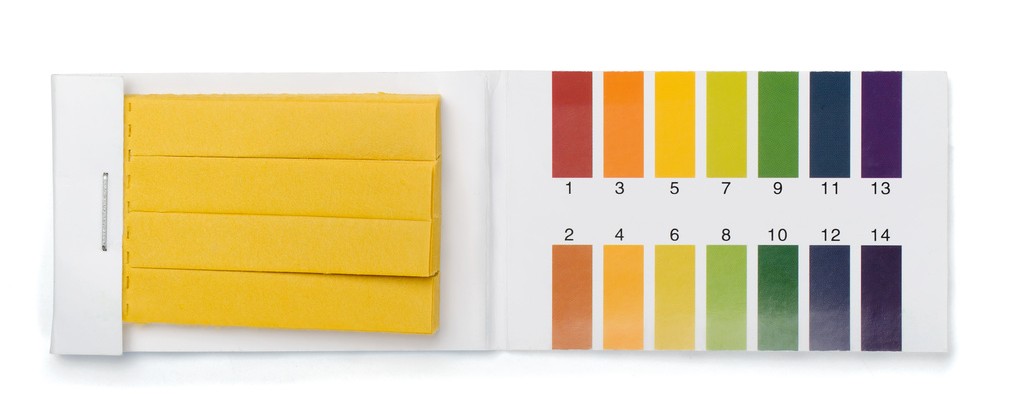
Litmus test used for determining a liquid's acidity or alkalinity.
Given this complexity, and Püschel’s apparent acknowledgment thereof, it seems puzzling why she opted for the particular approach that she did. Singling in on one particular feature of her synaesthetic response, i.e. colour, means that the reader’s insight into Püschel’s perception remains one-dimensional. And this when, as the reader learns throughout the book, Püschel’s emotions manifest themselves as intricate, floating, pulsating, three-dimensional tints, exhibiting various textures, scales, intensities and times of onset, that are experienced from within her body, but that with intense emotion transcend the boundaries of her skin. The flat rectangular colour tiles, used to represent Püschel’s synaesthetic colour responses reduce her perception to a minimalist abstraction. These colour tiles are furthermore visually reminiscent of the Litmus tests employed by chemists to determine a liquid’s acidity or alkalinity. In these tests a strip of Litmus paper changes color depending on the amount of positively charged hydrogen ions dissolved in the liquid. Apart from its objectivist associations, the scientific iconography used in representing Püschel’s colourful experiences effectively likens her synaesthetic responses to (neuro-)chemical reactions, with the Litmus test bearing the additional connotation of serving as a means of validation, suggesting that Püschel’s perception study is meant to validate her non-normative experience of reality.
This visual language of objectivity stands in the way of conveying a what-it-is-like experience of synaesthesia to the reader. Yet Layers of Reality should not be judged on this account. It should, instead, be understood as a documentation of Püschel’s structured inquiry into her own perception of reality, with the science-inspired method granting her the safe distance required to objectively investigate a phenomenon that is intricately intertwined with her sense of Self and her perception of the world. At the end of the book she does attempt to more closely visualize her synaesthetic experiences with a series of memory images which are literally coloured with emotion. Although still flat and static they grant the reader an insightful glance into Püschel’s vibrant reality.
As Püschel mentions in the introduction, her book is meant to answer a few questions, but raises many more. And indeed the book is successful in questioning some of the prevailing (mis)conceptions surrounding synaesthesia. It, for instance, problematizes what scientists have considered one of the defining criteria of synaesthesia, namely that synaesthetic responses should be consistent over time in order for them to be labelled as such. While some form of consistency can be observed, there are so many factors influencing this experience that in practice this rule is too simplistic. The book also questions the negative connotation clinging to the term ‘condition.’ This term is generally used by clinicians and scientists to describe cases in which the normal functioning of subject is in some way hampered, resulting in it being surrounded by somewhat of a stigma, yet, after reading Layers of Reality, the reader will assuredly endorse that the opposite holds true for synaesthetes. Rather than impeding her in any way, Püschel’s life-world is gifted with an extra layer of reality.

Cover Layers of Reality: Perception Study of a Synaesthete.
Anna Püschel – Layers of Reality: Perception Study of a Synaesthete. the Eriskay Connection. ISBN: 9789492051295
Nim Goede
is promovendus bij ASCA (Amsterdam School for Cultural Analysis, UvA)